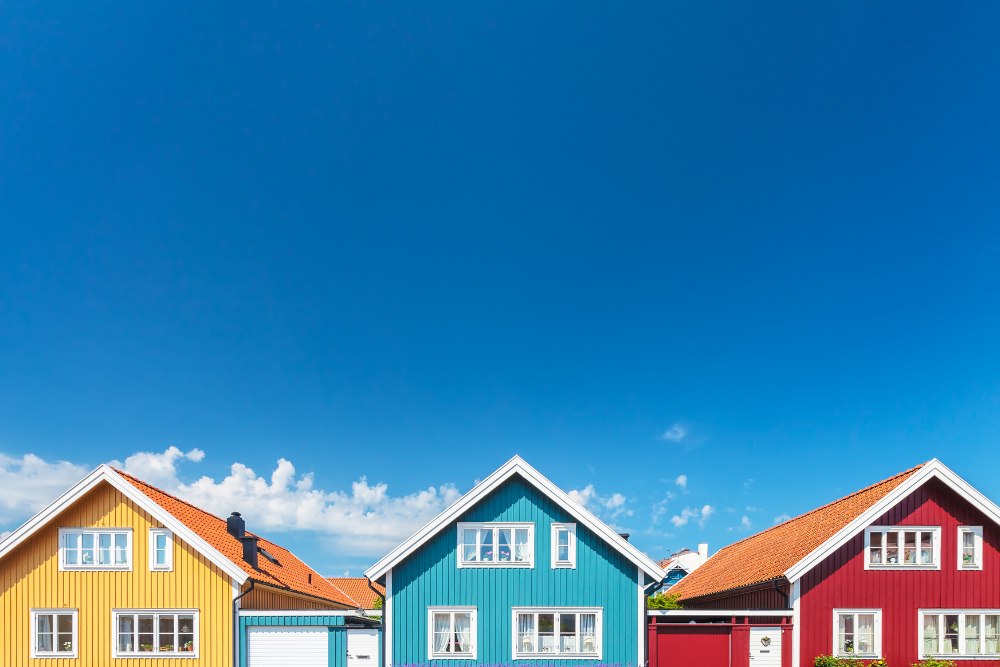Swedish design and architecture are renowned worldwide for their simplicity, functionality, and beauty. Rooted in a deep connection to nature and a commitment to sustainability, Swedish design reflects a harmonious blend of tradition and innovation. This guide explores the key aspects of Swedish design and architecture that make it so unique.
1. The Essence of Scandinavian Minimalism
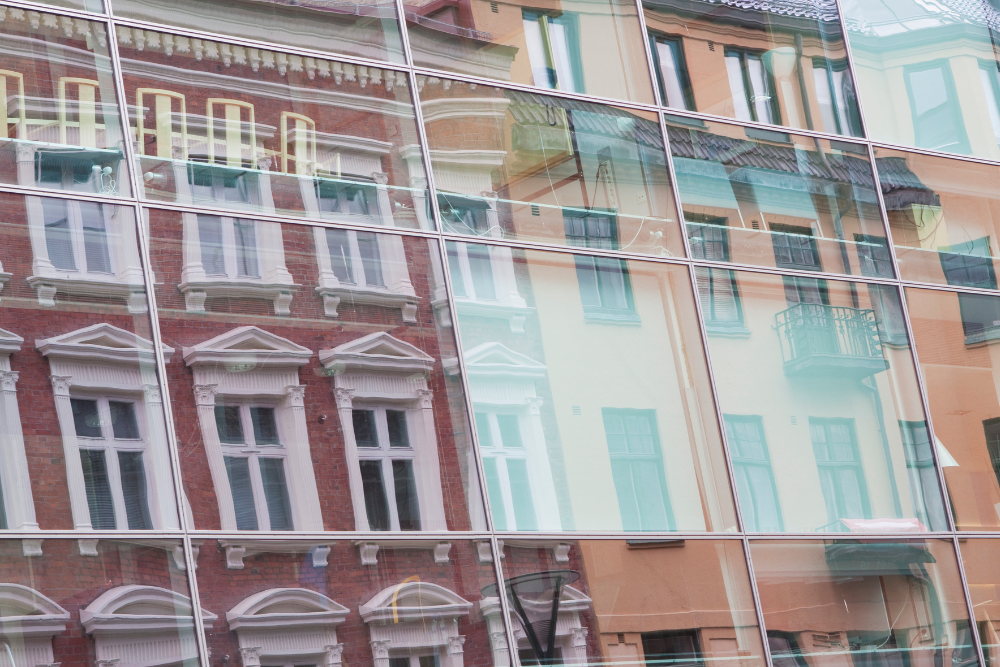
Swedish design is synonymous with Scandinavian minimalism, which emphasizes clean lines, functionality, and the use of natural materials.
- Key Characteristics:
- Neutral color palettes dominated by whites, greys, and earthy tones.
- Materials like wood, leather, and stone, often sourced sustainably.
- Designs that prioritize practicality and timeless appeal.
- Iconic Designers: Alvar Aalto and Josef Frank are celebrated for their influential contributions to Swedish design.
2. Iconic Swedish Furniture and Home Decor
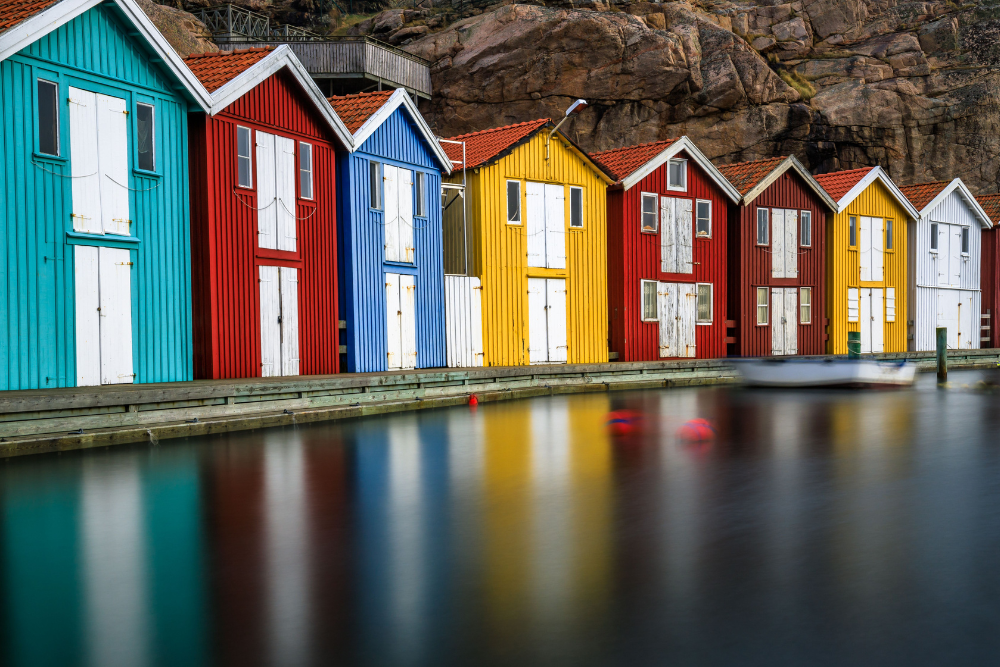
Sweden is home to some of the most famous furniture and home decor brands in the world, combining affordability with elegant design.
- IKEA: The global giant revolutionized furniture design with its flat-pack innovation and simple, stylish pieces.
- Other Renowned Brands:
- Svenskt Tenn: Known for bold patterns and high-quality craftsmanship.
- Carl Hansen & Søn: Famous for its classic wooden chairs and timeless designs.
- DIY Culture: Many Swedes embrace the “do it yourself” ethos, integrating personal touches into their interiors.
3. Sustainable and Eco-Friendly Design
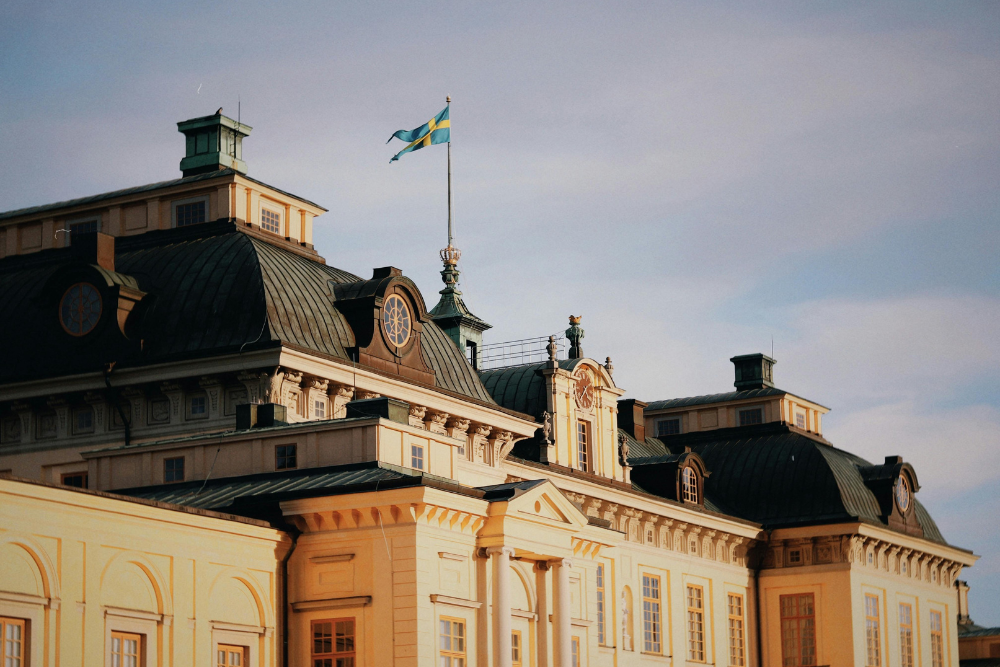
Sustainability is a cornerstone of Swedish design philosophy, with a strong focus on reducing environmental impact.
- Green Architecture: Buildings designed with energy efficiency in mind, often featuring solar panels, green roofs, and natural insulation.
- Upcycled Materials: Designers frequently use recycled materials to create eco-friendly furniture and decor.
- Certification: Look for labels like “Nordic Swan” to identify sustainable products.
4. Architectural Masterpieces
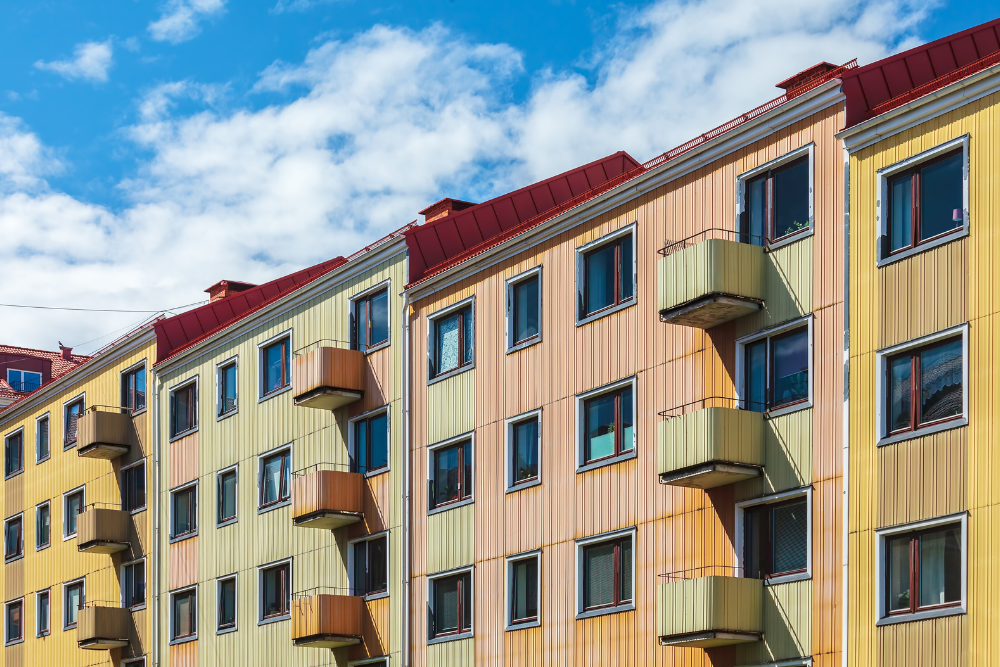
Sweden’s architectural landscape is a mix of historical landmarks and cutting-edge modern structures.
- Historical Sites:
- Stockholm City Hall: A striking example of National Romantic style.
- Drottningholm Palace: A UNESCO World Heritage Site and the private residence of the Swedish royal family.
- Modern Icons:
- Turning Torso in Malmö: An innovative skyscraper designed by Santiago Calatrava.
- Woodland Cemetery in Stockholm: A serene masterpiece blending architecture and landscape, also a UNESCO site.
5. Nature-Inspired Aesthetics
Nature plays a significant role in shaping Swedish design, reflecting the country’s deep respect for its environment.
- Biophilic Design: Incorporating natural elements like indoor plants, large windows, and organic shapes into interiors.
- Seasonal Influences: Designs often adapt to the seasons, with cozy textiles for winter and airy fabrics for summer.
- Outdoor Living: Swedes cherish their connection to the outdoors, evident in their love for gardens, patios, and nature-inspired spaces.
Conclusion
Swedish design and architecture continue to inspire the world with their timeless elegance, practicality, and commitment to sustainability. Whether you’re exploring iconic furniture pieces, marveling at architectural landmarks, or simply admiring the harmony between design and nature, Sweden’s creative legacy leaves an indelible impression. Dive into the world of Swedish design and discover how it transforms everyday life into an art form.



